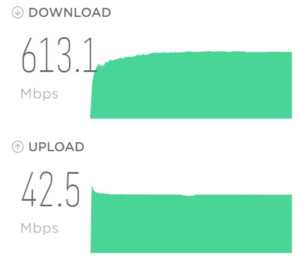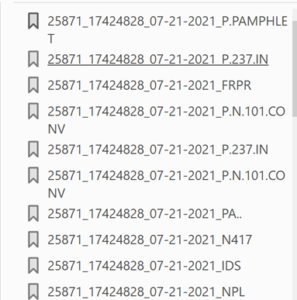Hello folks. Finally after many months of my talking about it, I have scheduled the first few ePCT webinars. Here are the first few:
- Thursday, March 2, 2023, 10AM Mountain Time. Intro to ePCT, why ePCT is important, getting a user ID and password, setting up 2FA.
- Thursday, March 9, 2023, 10AM Mountain Time. Why attorneys need to learn about ePCT, why you cannot simply delegate stuff to support staff.
- Thursday, March 16, 2023, 10AM Mountain Time. Making sure your US priority documents are available to DAS, best practices for filing US priority documents, Certificates of Availability, setting up alerts.
- Thursday, March 23, 2023, 11AM Mountain Time. Handshakes, eOwners, eEditors, eViewers, access rights groups, employee first day of work, employee last day of work.
- Thursday, March 30, 2023, 10AM Mountain Time. Shared address books, collaborative workflow, sharing with clients, sharing with outside counsel.
- Tuesday, April 4, 2023, 10AM Mountain Time. Getting to know your ePCT workbench, portfolios, office profiles, cloning, ePCT actions.
- Thursday, April 13, 2023, 10AM Mountain Time. Getting pending PCT applications into your workbench, going back to January 1, 2009, archiving old applications.
- Thursday, April 20, 2023, 10AM Mountain Time. Filing a new US PCT application in RO/US using ePCT.
For more information, or to register, click here.




